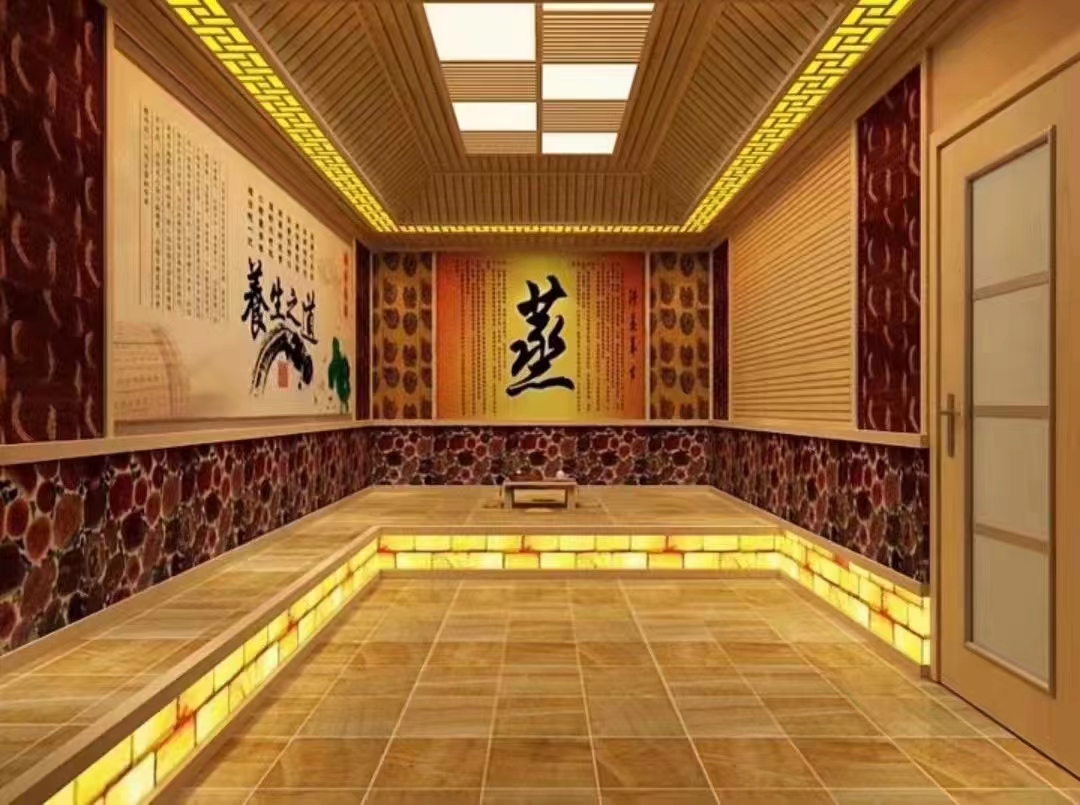
In the ever - evolving landscape of materials science, the advent of new materials has brought both excitement and questions. One of the key aspects that engineers, architects, and designers are keenly interested in is how the durability and maintenance requirements of these new materials stack up against their more traditional counterparts.
Durability is a crucial factor as it determines the lifespan and performance of a material over time. Conventional materials, such as steel, concrete, and wood, have well - established durability profiles. Steel, for instance, is known for its strength and ability to withstand high - stress environments. However, it is prone to corrosion, which can significantly reduce its lifespan if not properly maintained. Concrete, on the other hand, is highly durable in compression but can be affected by chemical attacks and cracking over time. Wood, while having a certain charm and aesthetic appeal, is susceptible to rot, insect infestation, and moisture damage.
New materials, such as carbon - fiber - reinforced polymers (CFRPs), nanocomposites, and high - performance plastics, offer unique durability characteristics. CFRPs, for example, have extremely high strength - to - weight ratios and excellent corrosion resistance. This makes them ideal for applications in the aerospace and automotive industries, where lightweight and long - lasting materials are highly desirable. Nanocomposites, with their enhanced mechanical and chemical properties, can exhibit improved durability compared to traditional composites. High - performance plastics can withstand extreme temperatures and chemical environments, opening up new possibilities in various industrial sectors.
When it comes to maintenance requirements, conventional materials often require regular inspections, painting, and protective coatings to maintain their integrity. Steel structures need to be regularly painted to prevent corrosion, and concrete surfaces may require sealing to prevent water and chemical penetration. Wood needs to be treated with preservatives and protected from the elements. In contrast, some new materials may require less frequent maintenance. For instance, CFRPs do not rust like steel, reducing the need for corrosion - prevention measures. However, they may be more sensitive to impact damage and require specialized repair techniques if damaged.
The durability and maintenance requirements of new materials also depend on the application and operating environment. In harsh environments, such as those with high temperatures, high humidity, or exposure to corrosive substances, the performance of both new and conventional materials can be challenged. It is essential to conduct thorough testing and evaluation to determine the suitability of a material for a particular application.
In addition, the cost of maintenance and replacement should also be considered. While new materials may offer improved durability in some cases, they can be more expensive initially. The long - term economic viability of using new materials depends on a balance between their performance, maintenance requirements, and overall cost.

